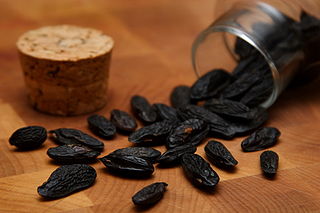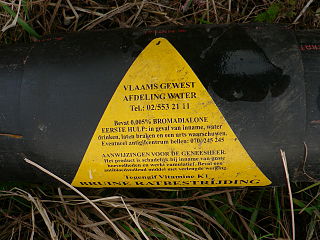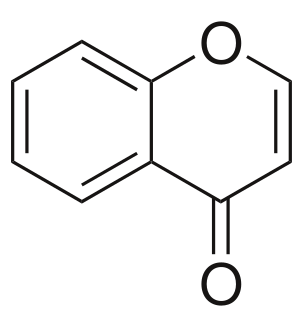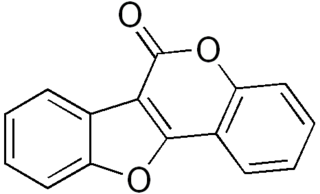Related Research Articles

Edema, also spelled oedema, and also known as fluid retention, dropsy, hydropsy and swelling, is the build-up of fluid in the body's tissue. Most commonly, the legs or arms are affected. Symptoms may include skin which feels tight, the area may feel heavy, and affected joints may be hard to move. Other symptoms depend on the underlying cause.

Warfarin, sold under the brand name Coumadin among others, is a medication that is used as an anticoagulant. It is commonly used to treat blood clots such as deep vein thrombosis and pulmonary embolism, and to prevent stroke in people who have atrial fibrillation, valvular heart disease or artificial heart valves. Less commonly it is used following ST-segment elevation myocardial infarction (STEMI) and orthopedic surgery. It is generally taken by mouth, but may also be used by injection into a vein.

Nephrotic syndrome is a collection of symptoms due to kidney damage. This includes protein in the urine, low blood albumin levels, high blood lipids, and significant swelling. Other symptoms may include weight gain, feeling tired, and foamy urine. Complications may include blood clots, infections, and high blood pressure.

Pulmonary edema(PE), also known as pulmonary congestion, is liquid accumulation in the tissue and air spaces of the lungs. It leads to impaired gas exchange and may cause respiratory failure. It is due to either failure of the left ventricle of the heart to remove blood adequately from the pulmonary circulation, or an injury to the lung tissue or blood vessels of the lung.

Coumarin or 2H-chromen-2-one is an aromatic organic chemical compound with formula C9H6O2. Its molecule can be described as a benzene molecule with two adjacent hydrogen atoms replaced by a lactone-like chain −(CH)=(CH)−(C=O)−O−, forming a second six-membered heterocycle that shares two carbons with the benzene ring. It can be placed in the benzopyrone chemical class and considered as a lactone.

Imperatorin is a furocoumarin and a phytochemical that has been isolated from Urena lobata L. (Malvaceae), Angelica archangelica, Angelica dahurica, Glehnia littoralis, Saposhnikovia divaricata, Cnidium monnieri, Incarvillea younghusbandii, and Zanthoxylum americanum mill. It is biosynthesized from umbelliferone, a coumarin derivative.

Dipteryx odorata is a species of flowering tree in the pea family, Fabaceae. The tree is native to Central America and northern South America and is semi-deciduous. Its seeds are known as tonka beans. They are black and wrinkled and have a smooth, brown interior. They have a strong fragrance similar to sweet woodruff due to their high content of coumarin.

Umbelliferone, also known as 7-hydroxycoumarin, hydrangine, skimmetine, and beta-umbelliferone, is a natural product of the coumarin family.

Psoralen is the parent compound in a family of naturally occurring organic compounds known as the linear furanocoumarins. It is structurally related to coumarin by the addition of a fused furan ring, and may be considered as a derivative of umbelliferone. Psoralen occurs naturally in the seeds of Psoralea corylifolia, as well as in the common fig, celery, parsley, West Indian satinwood, and in all citrus fruits. It is widely used in PUVA treatment for psoriasis, eczema, vitiligo, and cutaneous T-cell lymphoma; these applications are typically through the use of medications such as Methoxsalen. Many furanocoumarins are extremely toxic to fish, and some are deposited in streams in Indonesia to catch fish.

4-Hydroxycoumarins belong to a class of vitamin K antagonist (VKA) anticoagulant drug molecules derived from coumarin by adding a hydroxy group at the 4 position to obtain 4-hydroxycoumarin, then adding a large aromatic substituent at the 3-position. The large 3-position substituent is required for anticoagulant activity.

Chromone is a derivative of benzopyran with a substituted keto group on the pyran ring. It is an isomer of coumarin.

Benzopyran is a polycyclic organic compound that results from the fusion of a benzene ring to a heterocyclic pyran ring.

Ayapana triplinervis is a tropical American shrub in the family Asteraceae. This plant has long slender leaves which are often used to make a stimulating medicine. It contains Herniarin, a methoxy analog of umbelliferone, while its essential oil contains thymohydroquinone dimethyl ether.

Coumestan is a heterocyclic organic compound. Coumestan forms the central core of a variety of natural compounds known collectively as coumestans. Coumestans are oxidation products of pterocarpan that are similar to coumarin. Coumestans, including coumestrol, a phytoestrogen, are found in a variety of plants. Food sources high in coumestans include split peas, pinto beans, lima beans, and especially alfalfa and clover sprouts.

Bergapten (5-methoxypsoralen) is a naturally-occurring organic chemical compound produced by numerous plant species, especially from the carrot family Apiaceae and the citrus family Rutaceae. For example, bergapten has been extracted from 24 species of the genus Heracleum in the family Apiaceae. In the family Rutaceae, various Citrus species contain significant amounts of bergapten, especially the bergamot orange, the micrantha, and certain varieties of lime and bitter orange.
Khristo Ivanov was a Bulgarian organic chemist.

Scopoletin is a coumarin. It found in the root of plants in the genus Scopolia such as Scopolia carniolica and Scopolia japonica, in chicory, in Artemisia scoparia, in the roots and leaves of stinging nettle, in the passion flower, in Brunfelsia, in Viburnum prunifolium, in Solanum nigrum, in Datura metel, in Mallotus resinosus, or and in Kleinhovia hospita. It can also be found in fenugreek, vinegar, some whiskies or in dandelion coffee. A similar coumarin is scoparone. Scopoletin is highly fluorescent when dissolved in DMSO or water and is regularly used as a fluorimetric assay for the detection of hydrogen peroxide in conjunction with horseradish peroxidase. When oxidized, its fluorescence is strongly suppressed.
Iminocoumarins are a group of chemicals consisting of a coumarin with an attached imine group.

Isopimpinellin is a natural product synthesized by numerous plant species, especially species in the carrot family Apiaceae. The compound can be found in celery, garden angelica, parsnip, fruits and in the rind and pulp of limes. Several studies have looked into the effects of isopimpinellin and other furanocoumarins as anticarcinogens. These studies have shown possible inhibition of 7,12-Dimethylbenz(a)anthracene, which are initiators of skin tumors. Evidence has also been reported that links these compounds to the inhibition of breast cancers.

4-Hydroxycoumarin is a coumarin derivative with a hydroxy group at the 4-position.
References
- ↑ full content of NEJM article. Treatment of Lymphedema of the Arms and Legs with 5,6-Benzo-[alpha]-pyrone. John R. Casley-Smith, Robert Gwyn Morgan, and Neil B. Piller Volume 329:1158-1163 October 14, 1993 Number 16.
- ↑ Review of benzypyrone drugs and edema